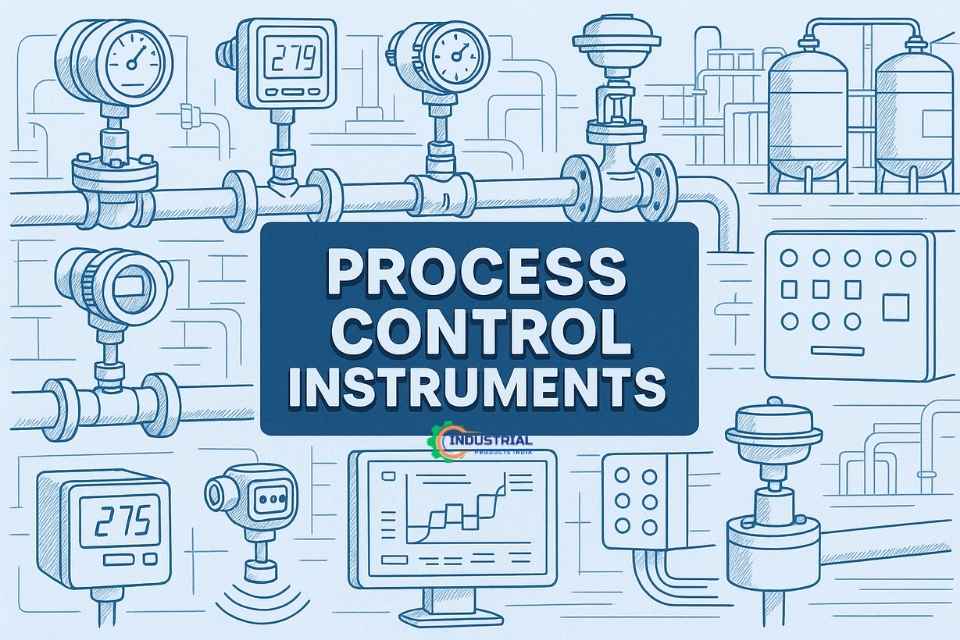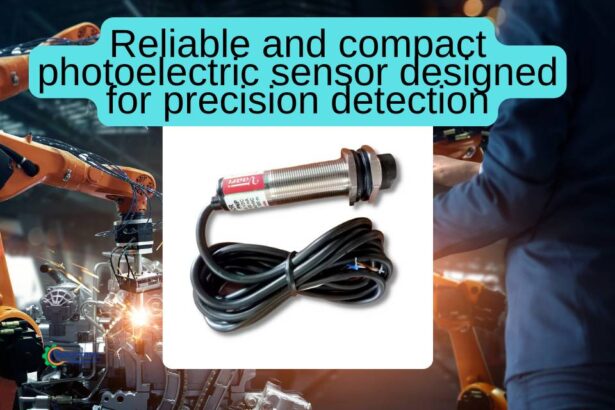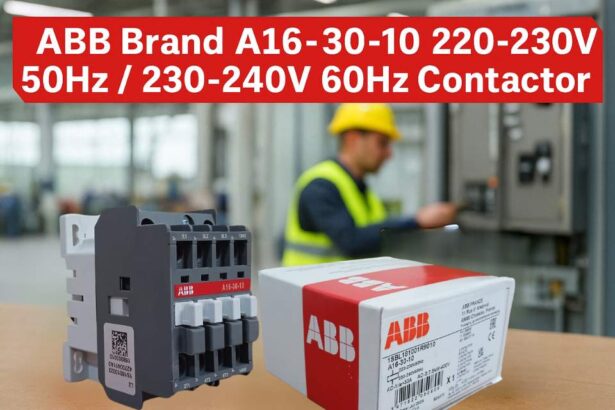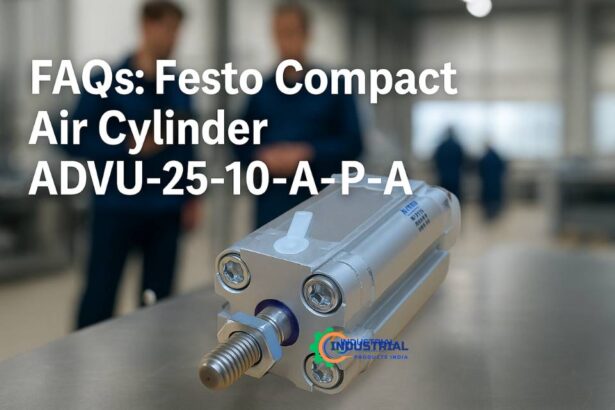In today’s fast‑paced industrial world, keeping complex processes running smoothly is non‑negotiable. Process control instruments are the unsung heroes behind the scenes, ensuring that factories, refineries, water treatment plants, and labs all hit their targets for temperature, pressure, flow, level, and composition—around the clock. In this deep‑dive blog post, we’ll explore everything you need to know about these critical devices: from basic definitions to advanced facts, installation tips, and emerging trends. Ready to geek out on gauges, charts, and control loops? Let’s dive in!
What Exactly Are Process Control Instruments?
At a high level, process control instruments form the measurement → decision → action chain that automates industrial operations. They:
- Measure a physical or chemical variable (e.g., temperature, pressure).
- Transmit that data to a controller or human operator.
- Actuate a final element (valve, motor drive) to correct any deviation from the setpoint.
Together, these instruments maintain safety, quality, efficiency, and regulatory compliance in every corner of modern industry.
Core Components of a Control Loop
- Sensor / Transmitter
Converts a real‑world variable into a standardized electronic or pneumatic signal (4–20 mA, HART, Modbus). - Controller
Compares the measured value to the setpoint and runs an algorithm (often PID) to calculate corrective action. - Final Control Element
Implements the controller’s decision—most commonly a control valve, variable speed drive, or on/off relay. - Human–Machine Interface (HMI) / SCADA
Provides operators with dashboards, trends, alarms, and manual override capabilities.
Sensors & Transmitters: The Measurement Champions
- Temperature: Thermocouples, RTDs (Pt100), infrared pyrometers.
- Pressure: Bourdon tubes, diaphragm seals, strain‑gauge transmitters.
- Flow: Orifice plates, magnetic (mag) flowmeters, Coriolis mass meters, ultrasonic meters.
- Level: Float switches, ultrasonic/radar radar gauges, capacitance probes.
- Analytical: pH probes, conductivity cells, dissolved oxygen (DO) sensors, gas analyzers.
Interesting Fact: The earliest steam engine governors—used by James Watt in the 1780s—were the very first “feedback controllers,” long before digital electronics existed!
Controllers: The Brains of the Operation
Controllers come in various forms:
- PID Controllers (standalone modules or built into instruments) handle the classic proportional‑integral‑derivative loops.
- Programmable Logic Controllers (PLCs) excel at discrete logic (on/off, interlocks, sequences) alongside simple analog loops.
- Distributed Control Systems (DCS) manage hundreds to thousands of loops across large plants, offering built‑in redundancy and high‑availability networks.
Modern controllers often communicate over industrial networks (Ethernet/IP, Profibus, Modbus TCP, HART) for seamless data flow and remote diagnostics.
Final Control Elements: Turning Decisions into Action
- Control Valves: Globe, butterfly, or ball valves with pneumatic or electric actuators regulate flow and pressure.
- Variable Frequency Drives (VFDs): Adjust motor speed to control pump or fan output—energy‑saving champs!
- Relays & Contactors: Switch large loads (heaters, motors, compressors) on or off under controller command.
Pro Tip: Always specify valve actuators with positioners to ensure fast, accurate responses—critical in batch‑processing or safety‑critical loops.
HMIs & SCADA: Your Control Room Command Center
Human–Machine Interfaces (HMIs) and SCADA systems turn raw loop data into actionable insights:
- Trend Charts let you spot drift, oscillation, or process upset before they become crises.
- Alarm Management prioritizes critical alerts so operators aren’t overwhelmed by nuisance alarms.
- Recipe Management in batch plants automates sequential steps, improving consistency and compliance.
As a rule of thumb, aim for fewer than 10 alarms per operator per hour to avoid “alarm fatigue.”
Installation & Maintenance Best Practices
- Proper Siting: Keep sensors away from heat sources or vibration; use impulse lines on pressure taps.
- Calibration: Perform regular zero/span checks (at least annually for critical loops).
- Loop Tuning: Adjust PID settings during commissioning—careful tuning can cut energy use by up to 20 percent.
- Spare Parts: Stock common components (transmitter diaphragms, positioner kits, thermocouple probes) to minimize downtime.
Did you know? Over 50 percent of unplanned shutdowns in chemical plants are linked to instrument failure or miscalibration.
International Standards & Protocols
To ensure interoperability and safety, many instruments adhere to:
- IEC 61508 / IEC 61511: Functional safety standards for instrumented safety systems (SIS).
- ISO 9001: Quality management, ensuring traceable calibration and documentation.
- ANSI/ISA S5.1: Instrumentation symbols and identification.
- HART, FOUNDATION Fieldbus, PROFIBUS: Open communication protocols for digital measurement and control.
Emerging Trends & Future Outlook
- Smart Sensors with onboard diagnostics and self‑calibration cutting maintenance costs.
- Edge Computing moving data processing closer to the sensor, reducing latency and bandwidth usage.
- Wireless Instrumentation simplifying installation in hard‑to‑reach locations (e.g., tank farms, offshore platforms).
- Digital Twins creating virtual replicas of plants for performance optimization and predictive maintenance.
By 2030, it’s projected that over 30 percent of all control loops will leverage some form of machine learning to optimize setpoints dynamically.
Conclusion
Process control instruments are the backbone of any modern industrial operation. From precise temperature measurements and flow control, to mission‑critical safety interlocks and advanced analytics, these devices ensure that your plant operates safely, efficiently, and reliably. Whether you’re an engineer designing a new control loop or a technician troubleshooting an upset, understanding the roles and best practices around sensors, controllers, actuators, and SCADA will keep your processes humming—and your products meeting spec.
Next time you walk through a plant, take a look at the wall of controllers, the row of transmitters, or the operator console—and know that each one plays a vital role in keeping the heart of industry beating strong.







